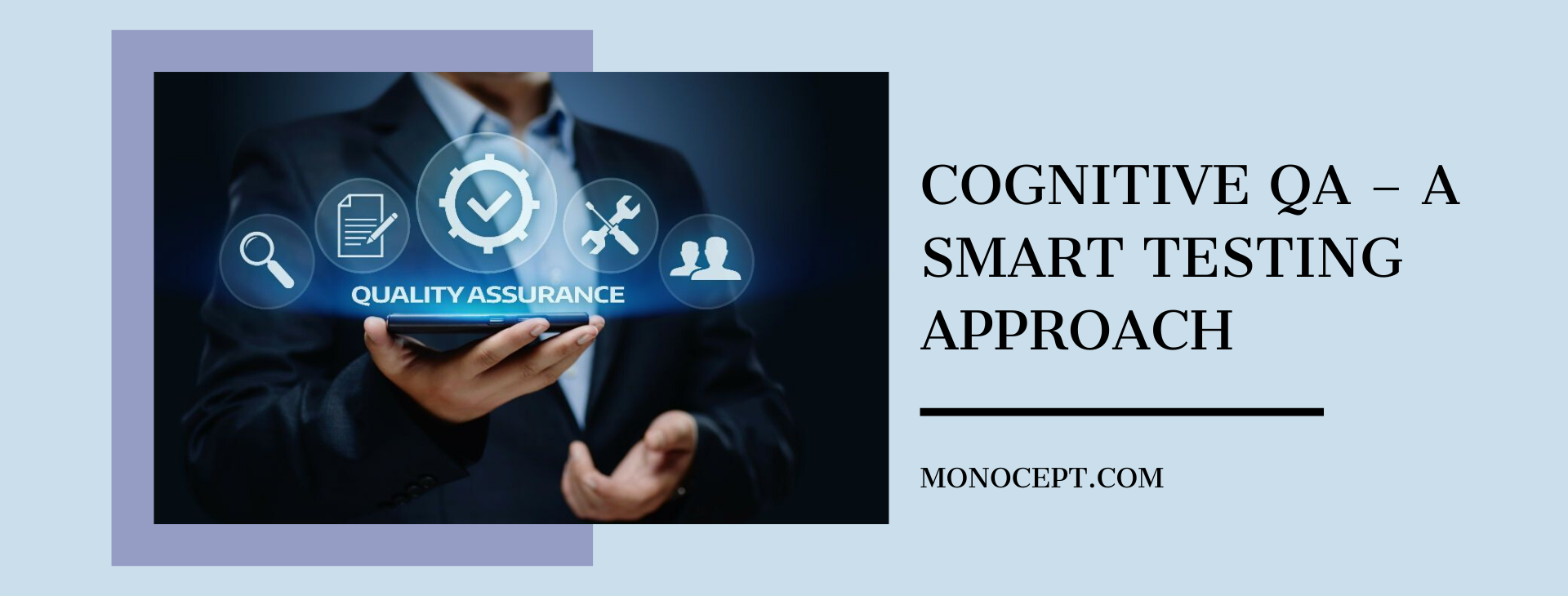When should an enterprise think QA Automation
The question of when an enterprise should invest in QA automation is often a difficult one to answer. One consideration is the complexity of the product being developed and whether or not there are sufficient resources for manual testing. Another factor in determining the best time to automate may be business goals, such as increased customer satisfaction with shorter release cycles. Finally, cost analysis will be necessary to determine if it would make sense to outsource some or all of your testing efforts.
With the evolution and maturation of the global IT industry, the role and importance of quality assurance (QA) and testing has grown in leaps and bounds. What was once considered a supplementary function of finding defects has become a non-negotiable ancillary one that enables customer satisfaction and helps business achieve their goals. This fundamental shift in the way QA is viewed was reflected in every key finding of the World Quality Report (WQR) 2018 – 2019, based on a survey of 1,700 CIOs and senior tech professionals across 10 industries and 32 countries.
According to the WQR, customer-centricity was recognised as the key driving force behind digital transformation that rests on the three pillars of speed, convenience, and security. QA and test activities have been undertaken and invested in by companies intermittently for the past 15 years, But this year, QA strategy and initiatives were tied directly to customer experience and satisfaction. 42% respondents surveyed for the WQR claimed that “ensuring end-user satisfaction” was an important objective of their QA and testing strategy, up from 34% last year.
Clearly, it is in every organisation’s best interests to establish a comprehensive and robust QA automation strategy to thrive in a hyper-competitive environment where each enterprise is trying its hardest to release new softwares of the highest quality in the shortest time frames possible. QA is not just about releasing a sound, secure, reliable product in the market, it is a promise that businesses make to their customers about always maintaining a certain standard in every product or service they release. Continuous commitment to QA automation goes a long way in establishing trust for a business in the minds of its existing and potential customers.
Which is why there is no “right” time for an enterprise to establish a culture of QA automation and testing as an integral process within the product development lifecycle. To give QA its rightful importance, the entire leadership of the business needs to be fully committed to QA automation. While this might seem like a no-brainer for a tech company, it is easier said than done. More often than not, businesses, especially smaller ones with limited funds, tend to defer their QA and testing activities until very late in the product development lifecycle. Some have already built the prototype of their product before hiring a dedicated resource for QA. Some treat testing as an afterthought, performed by whoever is available at the time. The absolute worst scenarios are when business owners wake up to the need for QA only once the product is almost finished and exhibits serious flaws in functionalities, is unstable, or faults in the security protocols, or when clients start complaining, after the product is launched.
None of the above-mentioned situations can desirable for a fledging business. Quality concerns arising once development is underway can cause a serious dent in resources that are already scarce, mess up completion scheduled and launch timelines, while also raising questions about the business’ credibility and the owners’ planning and leadership skills.
To avoid all this, ideally QA automation is a function business need to invest in at the very start of their journeys. QA planning should start at the same time that the product development roadmap is created. Testing needs to be undertaken in parallel with development, not treated as a phase that is added to the process in hindsight. A well-defined testing strategy that everyone in the team is aware of will encourage team members to be more diligent and thorough with development, as well as allows them to know what to expect, and at what time. With the importance of testing permeating into the very core of every tech undertaking — user centricity — the only “right” time for a business to undertake QA automation is “right away”!
What’s your Challenge? Let’s work together to solve it.





















































































